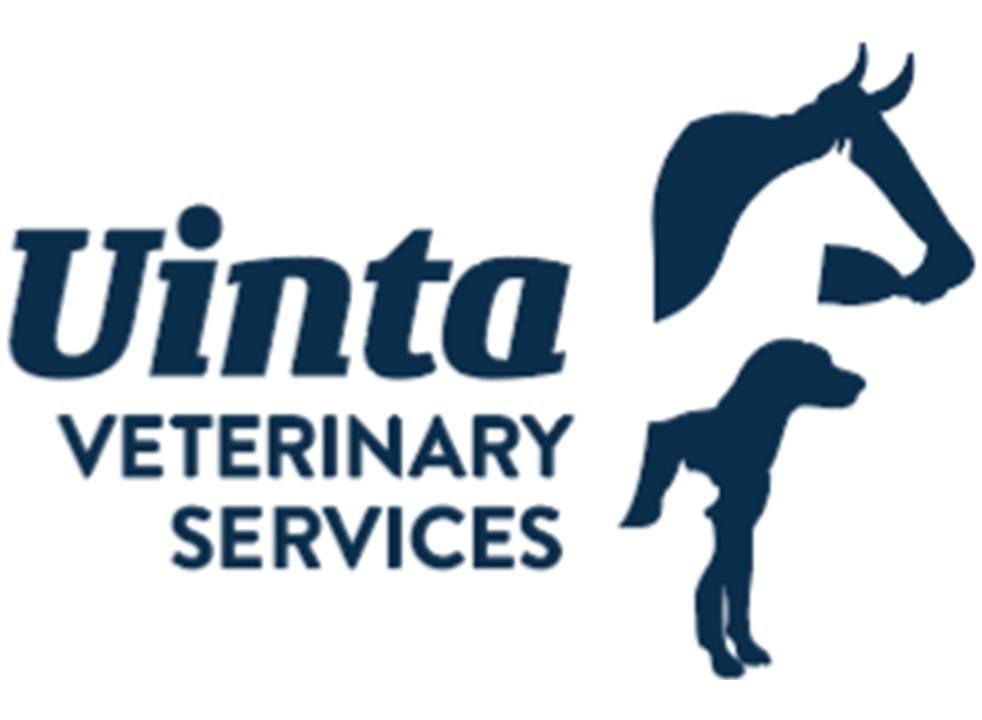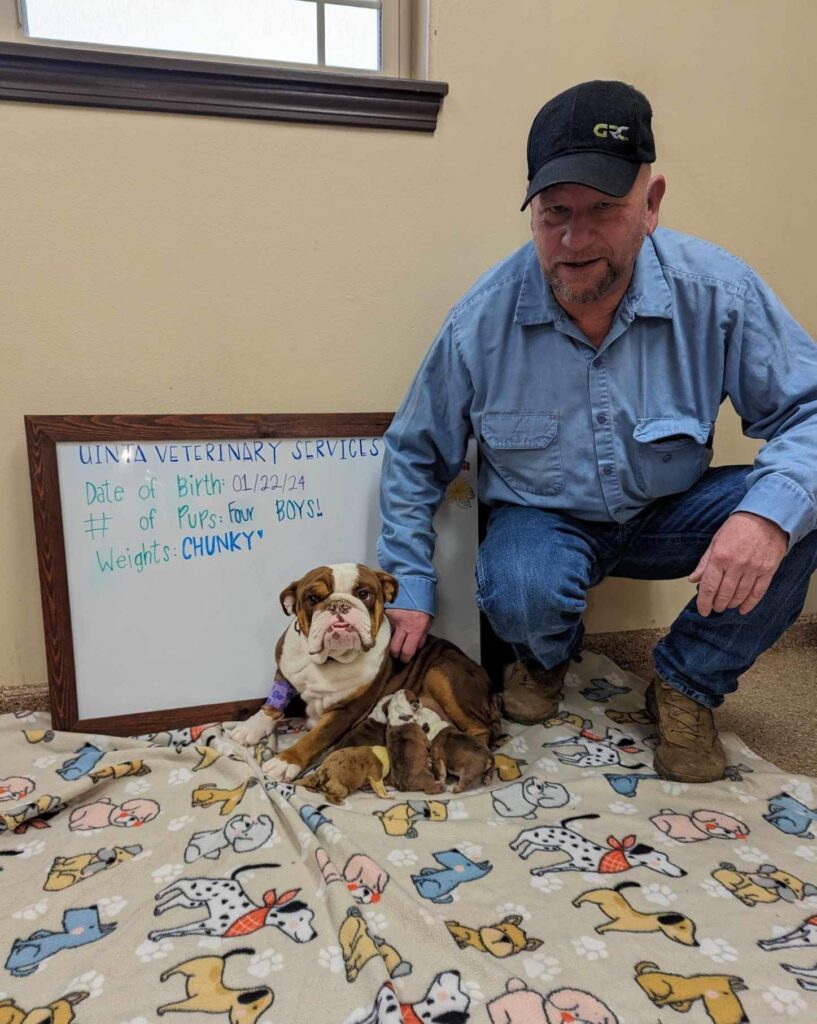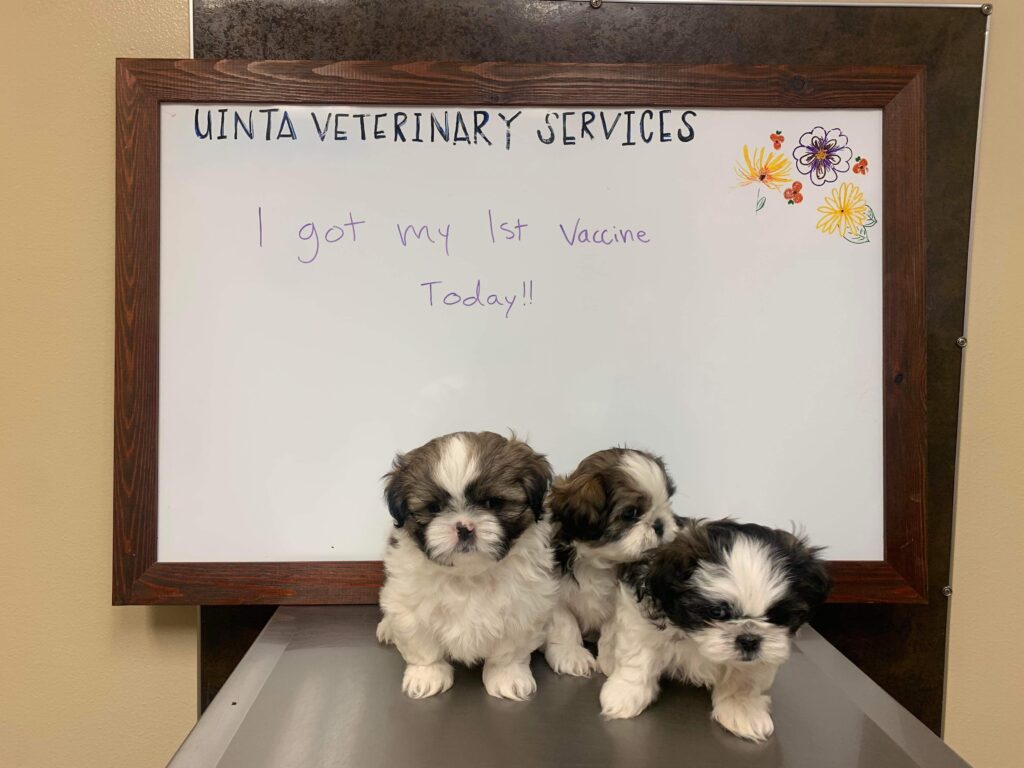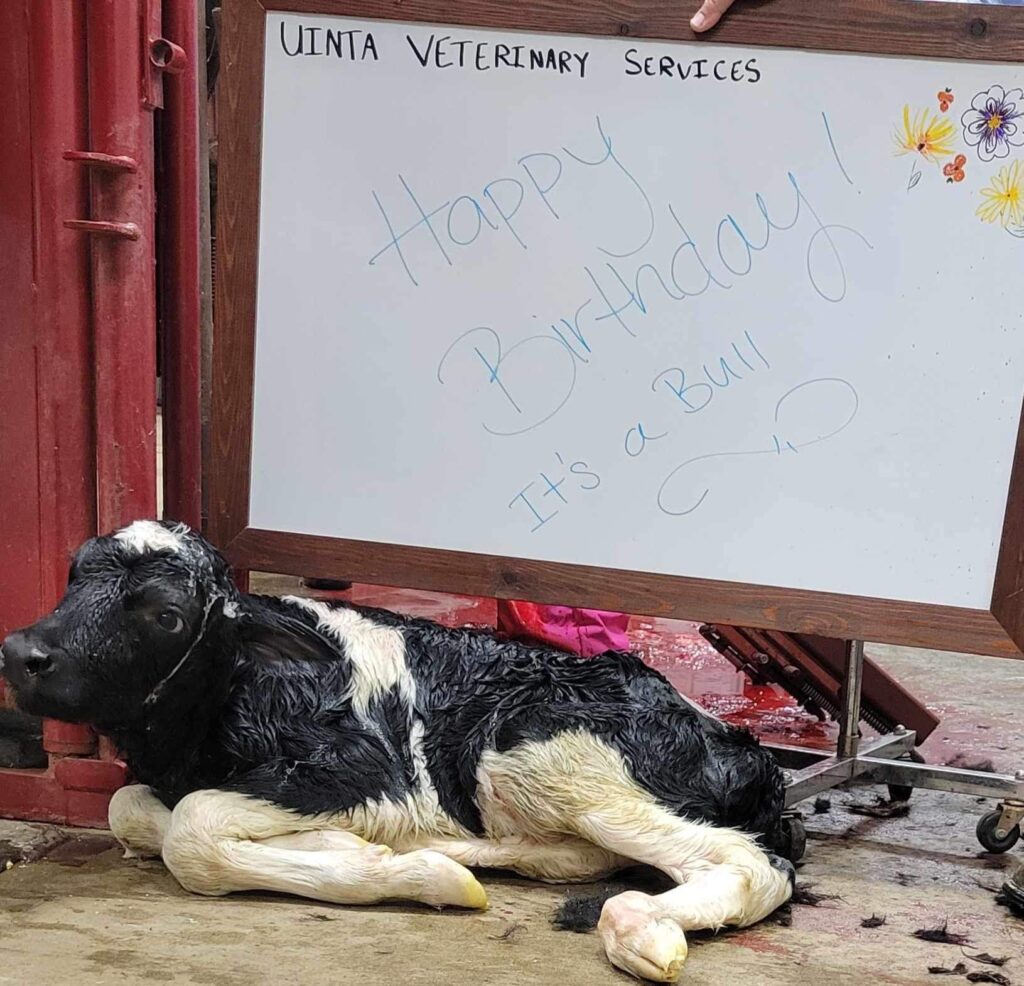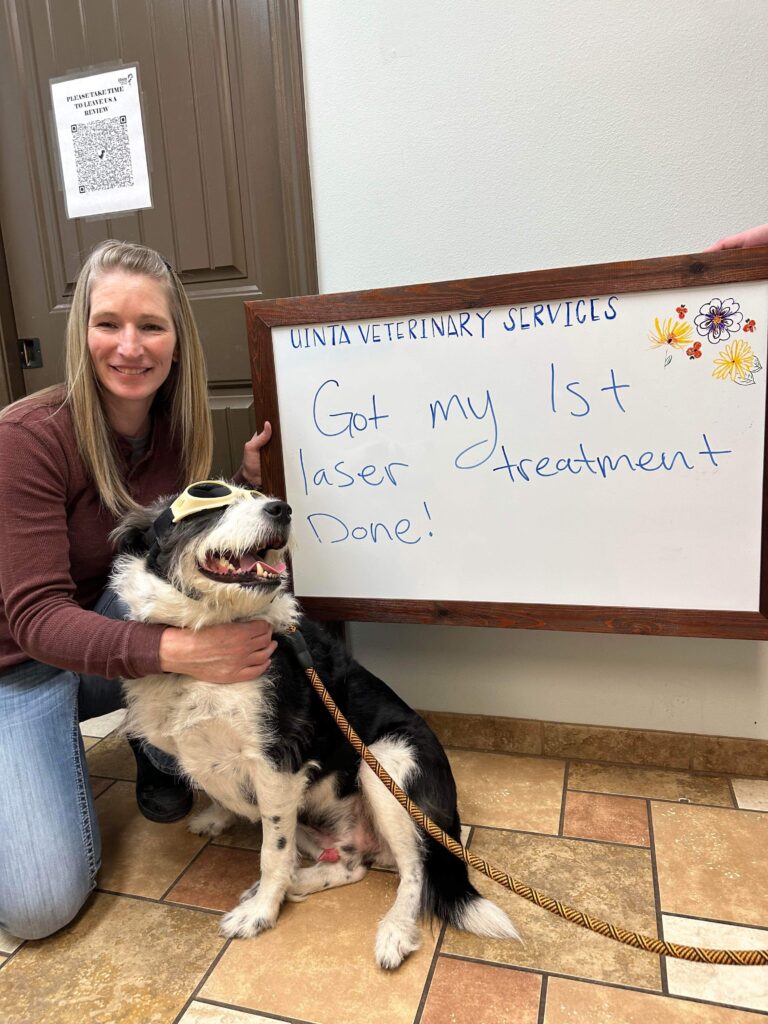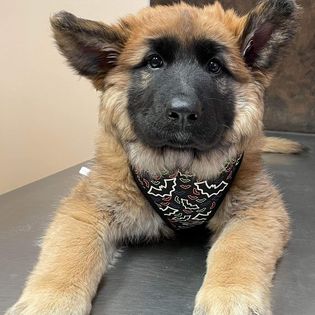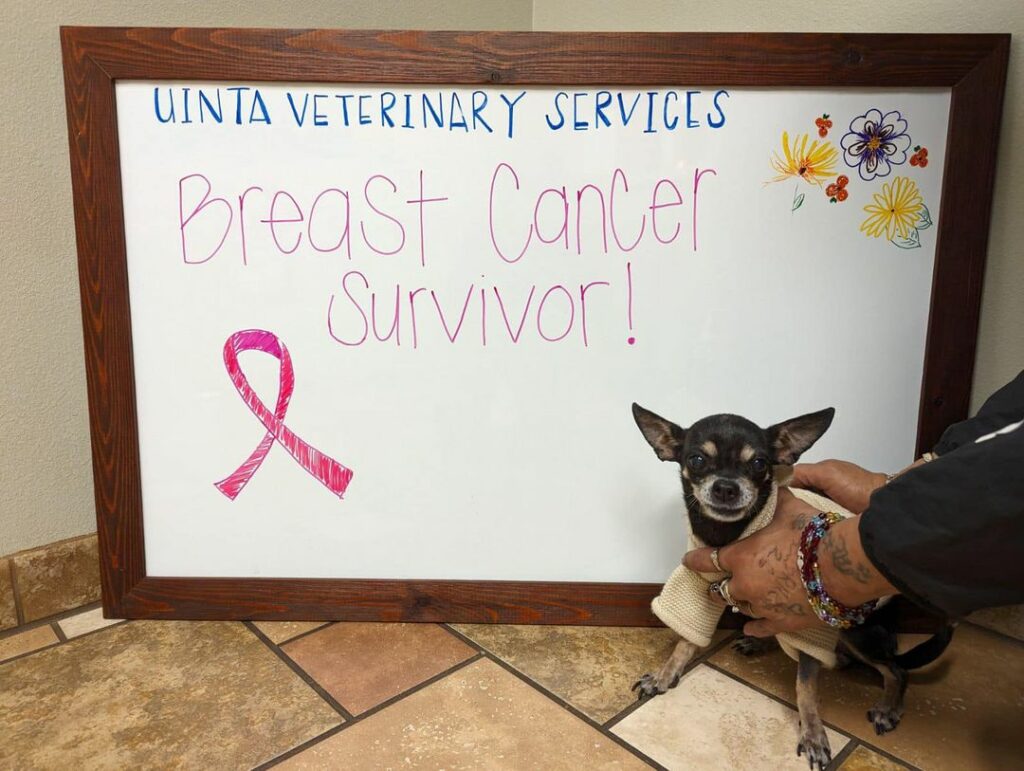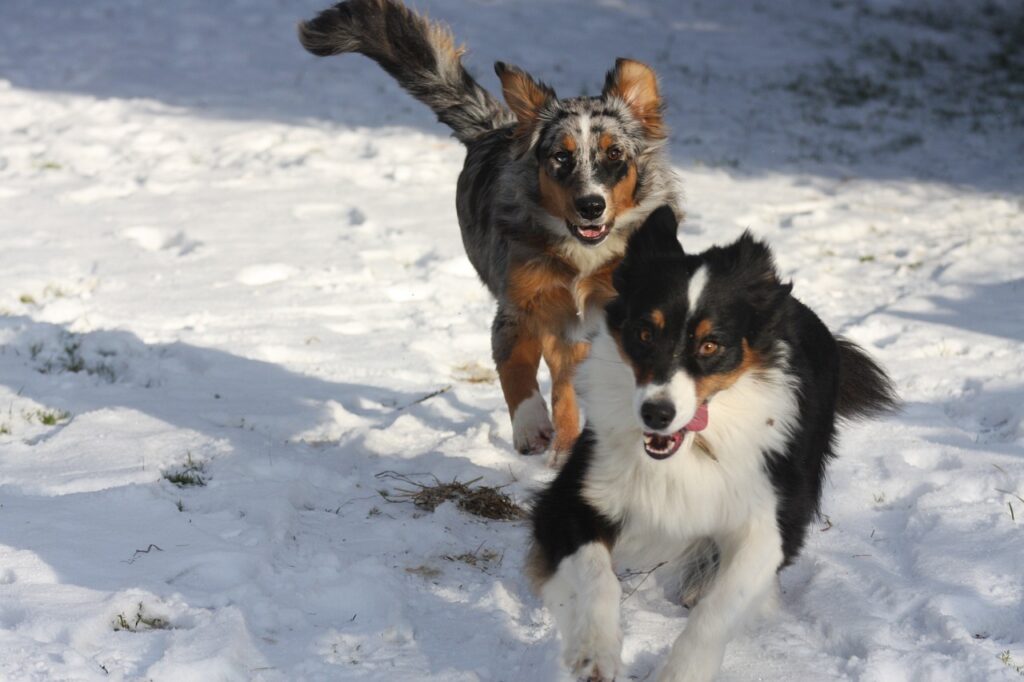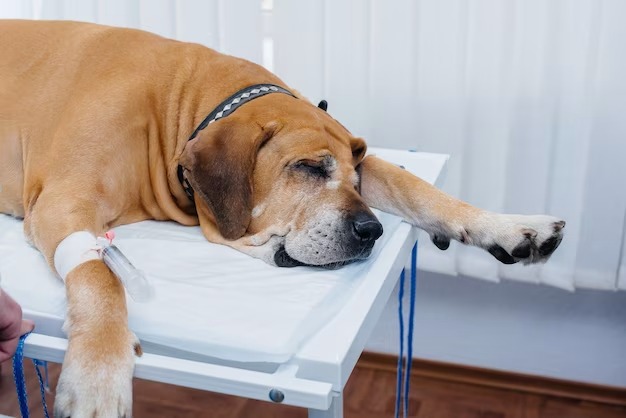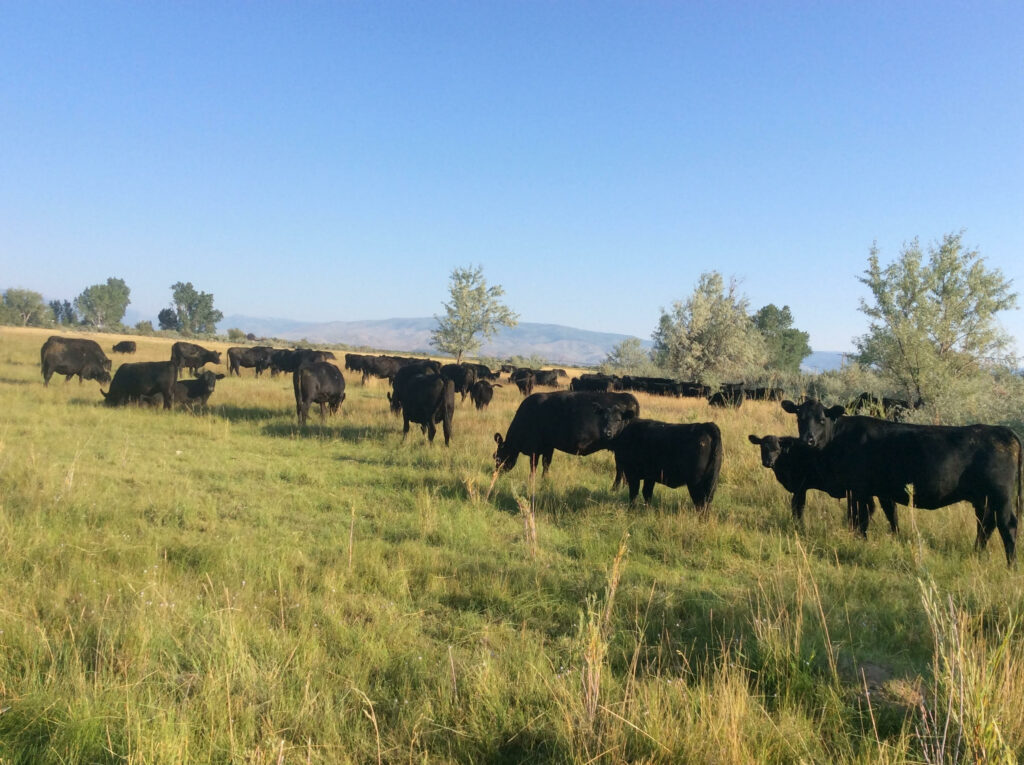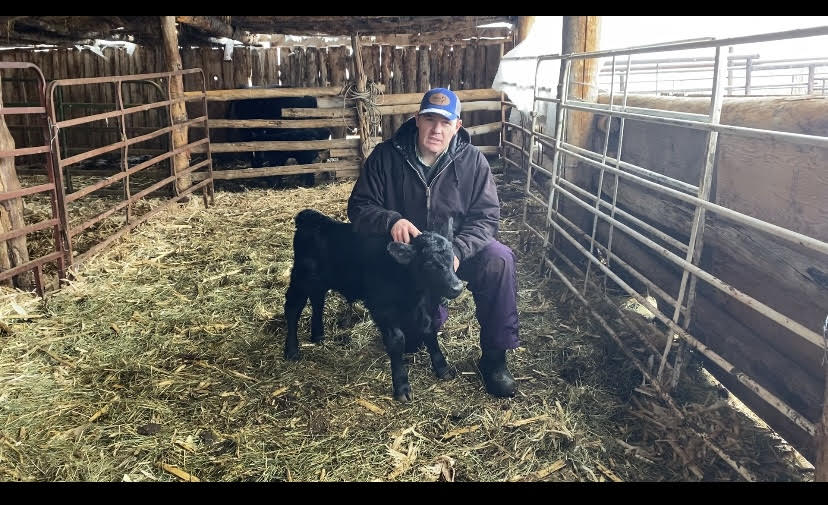
It is calving season! As much as we always want things to go smoothly sometimes we end up with Calving Emergencies. We wanted to talk about some of the issues that come up when calving and some things to watch for to help out a little bit as we have mother cows getting really close to calving.
Control
First off it is extremely important to have your cows somewhere that you can help them. Out in the field in an emergency situation isn’t always best. Lack of control can get people hurt. Cows tied to a truck or running free are dangerous for everybody. If we can’t get them to a trailer or to the clinic which is ideal, and we know that we have a good chance of getting the calf out we will come to you and are happy to come and help however we can. Getting them to the clinic is ideal because we have more options if we need to go to a c-section, that is the place to do it, not out at the ranch.
Signs
Some signs that a cow is getting ready to give birth are that they are uncomfortable, they will separate themselves from the herd, go off alone, and they stand up and lay down over and over as her body is preparing for those large contractions. Watch them if they get off on their own, and you can tell they are starting to calve. Sometimes they will keep doing that. That is a sign that the calf isn’t in the birth canal, the calf has to fill up the birth canal to make those large contractions start and sometimes it can be tricky to determine if there is a problem or not. Sometimes we think they are taking a long time, but figure it is just our imaginations.
What’s going on, is there is just two feet up in the birth canal or there is a breech calf and the tail is all that is in the birth canal, which means there is nothing to fill it up to cause those hard contractions. That’s when we are in trouble when they are in labor for a long time. Distocia means difficult birth or difficulty calving. And this is when we need to get them in.
The best thing to focus on as we bring them from the field into the corral is that they stay as calm as possible. We want them to be relaxed, we don’t want them worked up, to have a hard time breathing, or stressed out in any way. So as you move around them do it nice, slow, and gentle. That way we will be able to get a handle on them to check them out.
Good facilities are important! We need facilities that will keep the cow secure, a good head catch that won’t release unexpectedly and get someone hurt, but we also need something that if the cow decides to lay down that we can get them out of it. It is Important that you or our doctor can be safe as they are checking the cow.
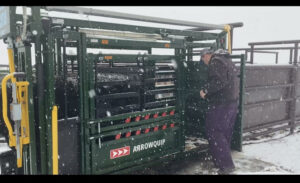
A good chute and facility with access for you or your doctor is key
Checking the Cow
Now it is time to go in and check her. You will go in vaginally, so make sure that if you are checking yourself that you have really clean hands. Wear an arm sleeve if at all possible. We are checking for anything mispositioned. When you go in Vaginally we just want to check which way the calf is facing. If you have two hooves facing down with a nose, that’s great news, that’s normal position. Two hooves facing up is most likely going to be back hooves, you can tell if they are fronts or back as the two front leg joints bend the same way, back hooves one joint bends one way the other bends the other way.
Another problem that we find that’s not positioning of the calf but it is impossible for the cow to have the baby, is a twisted uterus. If you reach your hand in and all you feel is a twist, the uterus is twisted and there is no way she can have the baby on her own. The faster you can get her to the clinic so that we can do a c-section the better off we are going to be.
If you get in there and can get everything into the right position, then we need to hook up our OB chains. We want to discuss some techniques for putting on chains so that we can avoid broken ankles. We can cause some damage if we don’t do this right. First off your going to make a loop with your chain (take the end with the big ring and set your chain down through it to make a loop that won’t pull off).
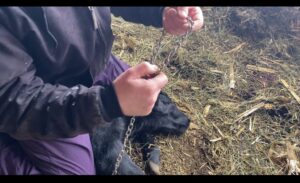
OB Chain Loop
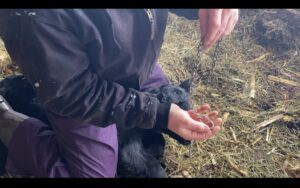
OB Chain- hold the big link in your hand then put the chain through to make a loop
Reach in and hook the loop above the fetlock, this is the ideal first position. Make a half hitch and put the second loop below the fetlock. You want both of your knots to end up on the back side of the calves leg. To check to make sure that you have both knots in the right position, make sure that your chain makes a straight line out to your hand. This should be done on both front legs. Make sure the nose is in the right position and then you can start to apply pressure.
The amount of pressure that can be applied is the strength of two grown men. That’s ALL you need. No horses, tractors, side by sides, winches, pick up trucks, or anything else should be attached to those chains. All of that is going to kill one of them if not both. If the strength of two grown men isn’t working then we need to move on to c-section.
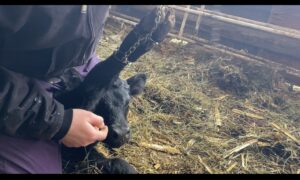
First loop positioned above the fetlock, second loop positioned below the fetlock. Both knots at the back making a strait line out to your hand.
Now you have the calf coming out, everything’s great, and then it gets stuck on its hips. Hip Locked is not an uncommon thing. Think of the cows pelvis as a rectangle that goes vertical, and the calf’s pelvis as a rectangle going horizontal. It is going to be hard to get those 2 rectangles to get past each other. The best thing you can do is twist the calf 90 degrees straight up and down instead of horizontal. Pull straight out and then down. That should release the hips so that both “rectangles” are going the same way. Sometimes all it will take is just a turn.
The Calf
Now, you have your calf out and on the ground but he isn’t wanting to breathe. There are a few things that we can do. There are some acupuncture points in their noses, so sticking straw up their nose, pinching their nose really hard, and or taking a needle and poking it directly in the center of their nose right on the line between their nostrils, are all things that will encourage them to breath.
Even though Grandpa probably did it, Dad does it, and you might to we don’t recommend hanging the calf on the fence to get fluid out. This seems like a good idea because of all the fluids that comes out. We think we are helping their lung. Research has shown that almost always that fluid is coming from the stomach. Inhibiting their ability to breath because the weight of their gi tract is now putting pressure on their lungs.
The best thing we can do to get their lungs working is called Coopage. You will kneel over the calf (straddling them), sit them up so that they are straight, cup your hands and clap along their sides from the back of their ribs to the front of the ribs. Back to front every time. It helps dissipate some of that amniotic fluid that gets into their lungs by pushing it down and out into the tissue of the lungs. Instead of in those little airways which is where respiration happens. They need the little avioli at the tips of the bronchial tree to open up so they can get oxygen to pass through into the bloodstream. You will have to do this harder than you think to get them up and going.
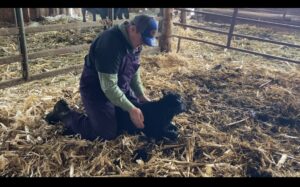
Coopage
If you want to put some weak Iodine on the belly button to help prevent infection that is a good idea. However, DON’T use strong Iodine. We actually see more infection using strong iodine rather than not using anything at all. Strong Iodine will dry out the outside of the umbilical cord and leaves the inside wet.
It is crucial that the calves get colostrum. If you think that it is not getting it, help the baby nurse, or tube it. If you can get Colostrum from the mom it is best. We do have a supplemental colostrum in a bag that we can give in emergency situations. Getting Colostrum will set the baby up for success its whole life. Calves that don’t get colostrum aren’t just sick the first 30-90 days of their lives. It has been proven that the calves don’t perform as well their entire lives. Everything from them not producing as well for their own claves to not doing as well in feedlots.
Set a Timer
The big key factor in all of this is just don’t wait too long. Watch your cows closely and if you think there is a problem, check it out. Set a timer. Start trying things if there is something wrong, but set a timer for about 10 min. If you can’t get a baby out in 10 minutes then we need to move on so that we don’t lose the cow or the calf. Give us a call any time as we are more than happy to help. The saddest pulls are when we reach in and there is no life to the calf because we have waited too long.
